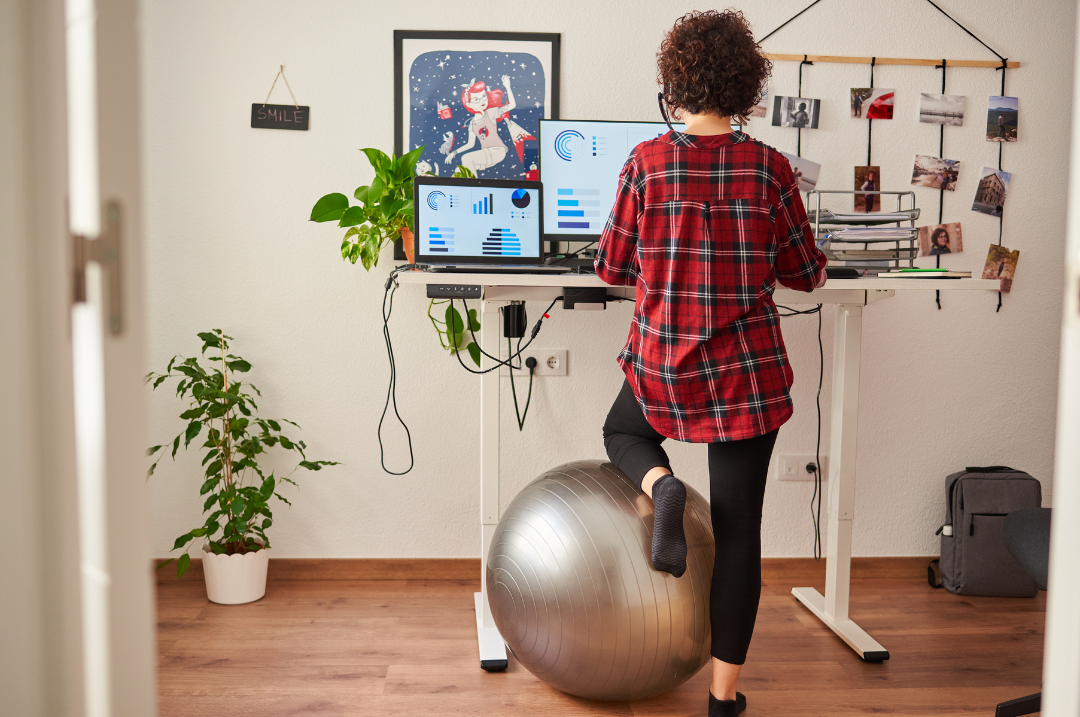What causes a PCL injury?
 PCL injuries are often sustained from high-impact forces while the knee is bent, forcing the tibia back on the femur. These can occur in sports like soccer, football and skiing, among others. The different levels of severity of injury include a ligament sprain, a partial tear, or a complete rupture. The most common of these for PCL injuries is partial tears. Causes include:
PCL injuries are often sustained from high-impact forces while the knee is bent, forcing the tibia back on the femur. These can occur in sports like soccer, football and skiing, among others. The different levels of severity of injury include a ligament sprain, a partial tear, or a complete rupture. The most common of these for PCL injuries is partial tears. Causes include:
- Direct impact/trauma to the knee, such as from tackles
- Falling with the knee in a bent position
- Hitting the knee against a car dashboard while it is bent
- Twisting or hyperflexing the ligament
- Mislanding a jump
What are the symptoms?
Typically, PCL injuries initially present as a minor knee pain that can be ignored until further symptoms develop. Depending on the severity of your injury, symptoms may include:- Feeling unstable, like your knee is giving out from under you
- Pain and tenderness in the knee joint, particularly on walking
- Swelling
- Tenderness may radiate to the calves over time








